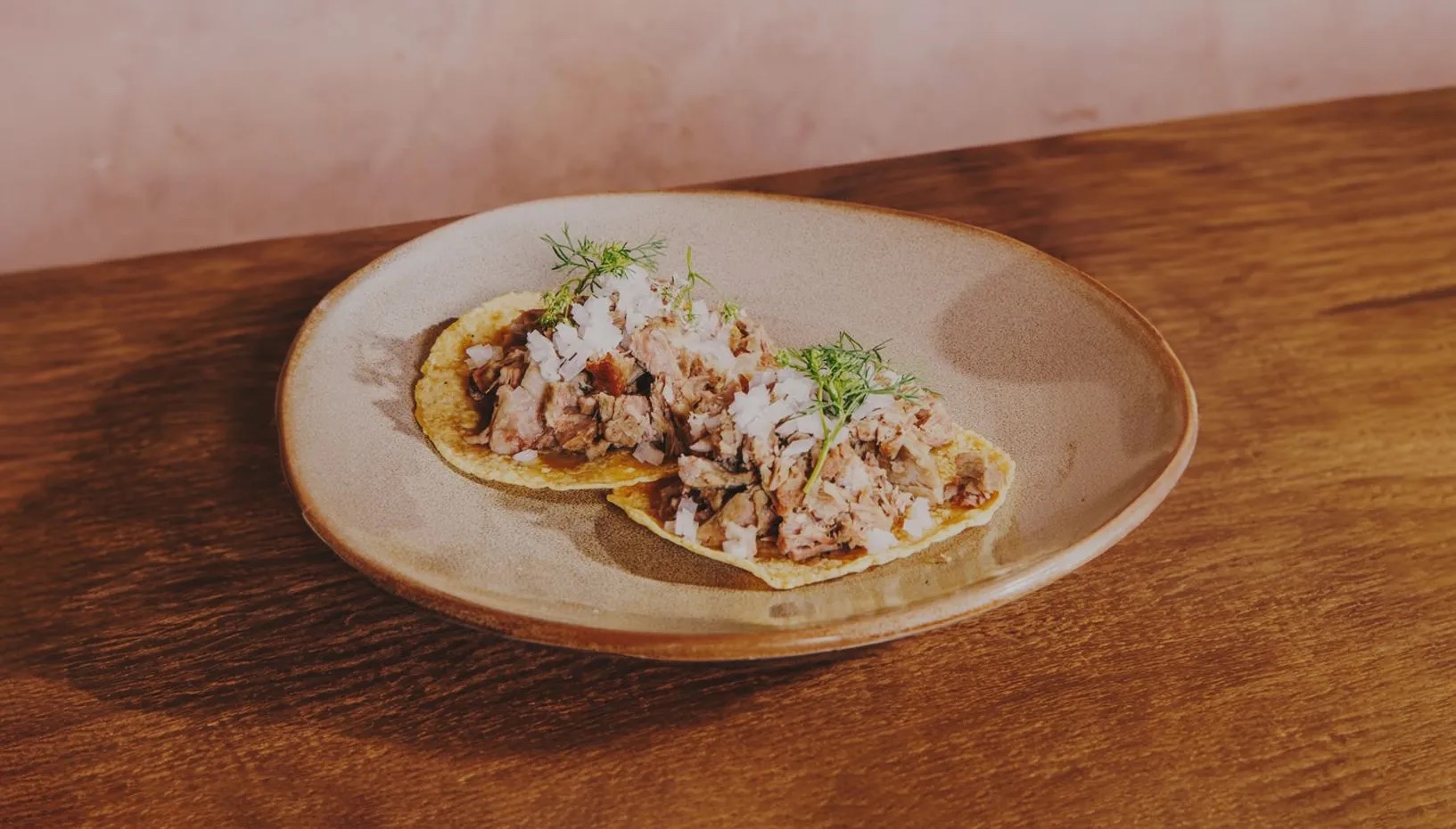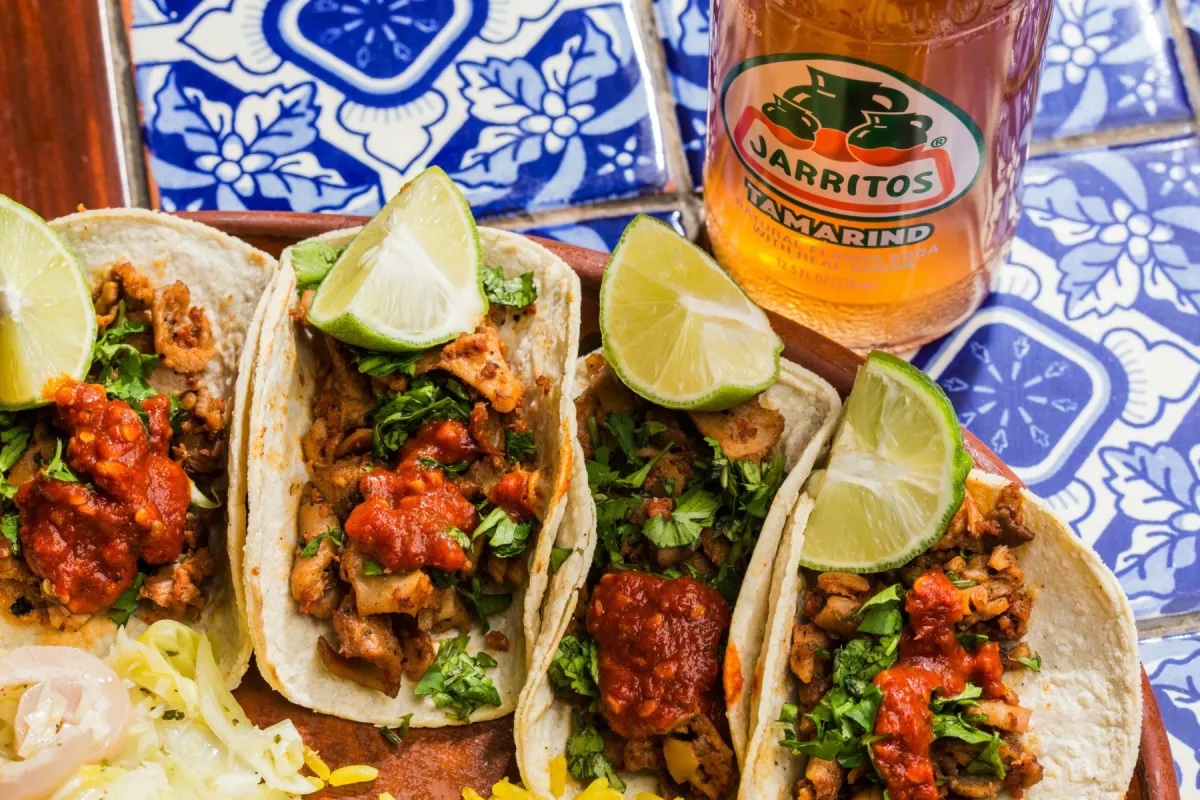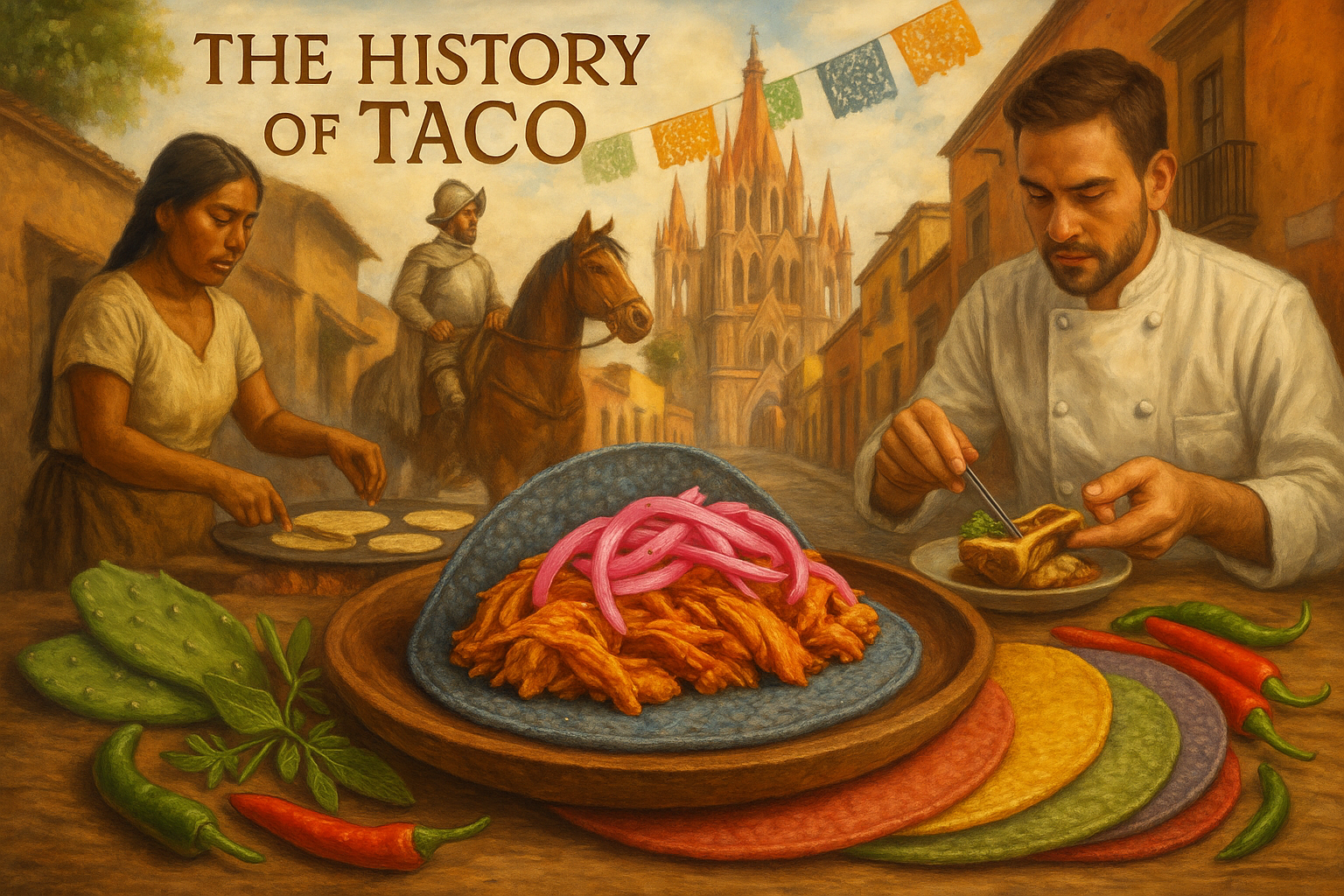Howdy, San Miguel de Allende foodies! Your pal here, and if there’s one thing that truly captures the heart and soul of Mexican cuisine, it’s gotta be the taco. This dish, so humble in its beginnings, is so versatile and downright delicious that it’s won over not just folks in Mexico, but taste buds all over the world. But where did this iconic Mexican food come from? And how did it evolve into the culinary masterpiece we know today?
Ancient Origins: The Taco Before Columbus
The story of the taco kicks off way before the Spanish even set foot in the Americas. For the Mesoamerican civilizations, corn wasn’t just food; it was a symbol of life and culture. Tortillas, made from nixtamalized corn, were basically edible utensils for scooping up food. The taco, at its core, was born as a simple, practical idea: a folded tortilla wrapping up some kind of stew or filling.
It’s believed the word “taco” comes from the Nahuatl word “tlahco,” which means “half” or “in the middle,” referring to how the food was placed inside the tortilla. Indigenous cultures would fill their tortillas with native ingredients like beans, nopales (cactus paddles), insects (yep, you heard that right!), and fish, depending on what was available in their region.
Even ol’ Bernal Díaz del Castillo, who chronicled the conquest, described Moctezuma’s banquets, where tortillas were served with meats, beans, and chiles. This handy and tasty format kept going strong through the ages, adapting to new ingredients and regions.

Colonial Crossover: A Flavorful Mix-Up
When the Spanish arrived, the taco got a serious upgrade with new ingredients. Pork, beef, chicken, and lamb quickly joined the Mexican diet. Plus, European spices, cheese, and some dairy products started to complement the traditional preparations.
Carnitas, for example, originated in Michoacán thanks to the influence of pork lard. And al pastor, with its distinct achiote marinade and “trompo” (spinning spit) cooking style, is a clear example of the cultural exchange with Lebanese immigrants who brought shawarma to Mexico.
Meanwhile, tortillas became the foundation for a ton of regional dishes. Up north, flour tortillas, born from a scarcity of corn, became popular, while down south, the use of native corn and thick tortillas like tlayudas reigned supreme.

The Taco’s Journey: Tradition Meets Innovation
Over the centuries, every region in Mexico has cooked up its own version of the taco. From Mexico City’s al pastor tacos to Baja California’s fish tacos or Yucatán’s cochinita pibil. Each one reflects the local ingredients and cooking techniques.
Today, there are no limits to taco creativity. Some chefs are reimagining this classic with fancy ingredients like grilled octopus, bone marrow, or even caviar, bringing the taco to high-end restaurant tables without losing its traditional soul.
The Tortilla’s Starring Role: More Than Just a Sidekick
You can’t talk about tacos without talking about the tortilla. While the classic white corn tortilla is the most common, blue, yellow, red, or purple corn tortillas are gaining serious appreciation. Their earthy, slightly sweet flavor not only adds another dimension to the taco but also packs nutritional benefits thanks to higher antioxidant content.
Blue corn tortillas, originating from indigenous cultures, also carry a deeper symbolic and cultural value. On top of that, some producers and chefs are experimenting with tortillas infused with veggies, spices, or natural dyes, taking the taco experience to a whole new sensory level.
Here are some cool variations you might encounter:
- Nopal Tortilla: Made with a mix of corn and nopal cactus, it’s a lighter, more nutritious option. Its fresh flavor pairs well with veggie fillings or white meats.
- Nixtamal Tortilla with Quelites or Epazote: Some tortillas are infused with fresh herbs to add aroma and a distinct herbal taste.
- Naturally Colored Tortillas: In some artisan markets, tortillas are dyed with ingredients like beet, turmeric, or spinach, adding not just color but also subtle flavor notes.
So, next time you’re chowing down on a delicious taco, remember you’re not just eating a meal; you’re tasting centuries of history, cultural exchange, and culinary innovation. What’s your go-to taco order, San Miguel? And have you tried any of these wild and wonderful tortilla variations?

Leave a Reply